The Arizona Cardinals are a professional American football team based in the Phoenix metropolitan area. The Cardinals compete in the National Football League as a member of the National Football Conference West division, and play their home games at State Farm Stadium in Glendale, a suburb northwest of Phoenix. The team was established in Chicago in 1898 as the Morgan Athletic Club, and joined the NFL as a charter member on September 17, 1920. as well as one of only two NFL charter member franchises still in operation since the league's founding, the other also from Chicago, the Chicago Bears. The team moved to St. Louis in and played there until. The team in St. Louis was commonly referred to as the "Football Cardinals", the "Gridbirds" or the "Big Red" to avoid confusion with the Major League Baseball's St. Louis Cardinals. Before the season, the team moved west to Tempe, Arizona, a suburb east of Phoenix and played their home games for the next 18 seasons at Sun Devil Stadium on the campus of Arizona State University. In the team moved to their current home field in suburban Glendale, although their executive offices and training facility remain in Tempe. From 1988 to 2012, the Cardinals conducted their annual summer training camp at Northern Arizona University in Flagstaff. The Cardinals moved their training camp to State Farm Stadium in 2013. The Cardinals have won two NFL championships, both while the team were in Chicago. The first occurred in but is the subject of controversy, with supporters of the Pottsville Maroons believing that Pottsville should have won the title. Their second, and the first to be won in a championship game, came in nearly two decades before the first Super Bowl. They returned to the title game to defend in 1948, but lost the rematch 7–0 in a snowstorm in Philadelphia. Since winning the championship in 1947, the team suffered many losing seasons, and currently holds the longest active championship drought of North American sports at 75 consecutive seasons. In 2012, the Cardinals became the first NFL franchise to lose 700 games since its inception. The team's all-time win–loss record at the conclusion of the 2021 season is. They have been to the playoffs eleven times and have won seven playoff games, three of which were victories during their run in the 2008–09 NFL playoffs. During that season, they won their only NFC Championship Game since the 1970 AFL–NFL merger, and reached Super Bowl XLIII in 2009, losing 27–23 to the Pittsburgh Steelers. The team has also won five division titles since their 1947–48 NFL championship game appearances. The Cardinals are the only NFL team who have never lost a playoff game at home, with a 5–0 record: the 1947 NFL Championship Game, two postseason victories during the aforementioned 2008–09 NFL playoffs, one during the 2009–10 playoffs, and one during the 2015–16 playoffs. Franchise history Bidwill family era Chicago Cardinals The franchise's inception dates back to 1898, when a neighborhood group gathered to play on the South Side of Chicago, calling themselves the Morgan Athletic Club. Chicago painting and building contractor Chris O'Brien acquired the team, which he relocated to Normal Field on Racine Avenue. The team was known as the Racine Normals until 1901, when O'Brien bought used jerseys from the University of Chicago. After he described the faded maroon clothing as "Cardinal red", the team became the Racine Street Cardinals. Eventually in 1920, the team became a charter member of the American Professional Football Association, which was rechristened the National Football League two years later. The team entered the league as the Racine Cardinals, but changed their name to the Chicago Cardinals in 1922 to avoid confusion with the Horlick-Racine Legion, who entered the league two years earlier. NFL champions In 1925, the Cardinals were awarded the NFL Championship after the Pottsville Maroons were suspended for playing a game in what was deemed "another teams ". Having beat the Cardinals in a head-to-head game earlier in the season, the Pottsville Maroons won their extra game against the University of Notre Dame, helping them finish the year with the same record as the Cardinals. The Cardinals were also guilty of breaking NFL rules when they had scheduled two additional games, playing against the Hammond Pros and the Milwaukee Badgers, both of whom had already disbanded for the season. The game against the Badgers spurred a scandal when the Badgers filled out their roster with four high school players, in violation of NFL rules. The Cardinals experienced some success on the playing field during their first 26 seasons in the league. NFL Champions During the post-World War II years, the team reached two straight NFL finals against the Philadelphia Eagles, winning in 1947 but losing the following year. In the late 1950s, after years of bad seasons and losing fans to their crosstown rivals, the Chicago Bears, the Cardinals were almost bankrupt, and owner Violet Bidwill Wolfner became interested in a relocation. St. Louis Cardinals Due to the formation of the rival American Football League, the NFL allowed Bidwill to relocate the team to St. Louis, Missouri, where they became the St. Louis Cardinals. During the Cardinals' 28-year stay in St. Louis, they advanced to the playoffs just three times, never hosting or winning in any appearance. The overall mediocrity of the Cardinals, combined with a then-21-year-old stadium, caused game attendance to dwindle, and owner Bill Bidwill decided to move the team to Arizona. Phoenix/Arizona Cardinals Not long after the 1987 NFL season, Bidwill agreed to move to Phoenix on a handshake deal with state and local officials, and the team became the Phoenix Cardinals. The team changed their geographic name to the Arizona Cardinals on March 17, 1994. The 1998 NFL season saw the Cardinals break two long droughts, qualifying for the playoffs for the first time in 16 years. The team got their first postseason win since 1947 by defeating the Dallas Cowboys 20–7 in the wild-card round of the playoffs. In the Cardinals, led by quarterback Kurt Warner, won the NFC Championship Game against the Philadelphia Eagles to advance to the Super Bowl for the first time in their history. They lost Super Bowl XLIII 27–23 to the Pittsburgh Steelers in the final seconds of the game. The Cardinals then fell to 7–8–1 in and 8–8 in before ultimately dropping to 3–13 in tying the franchise record set in for the worst record in a 16-game season. The team improved to 5–10–1 in and 8–8 in. In the Cardinals went 11–6, posting a winning record and returning to the postseason for the first time since 2015. Logos and uniforms Starting in the team had a logo of a cardinal bird perched on the laces of a football. The Cardinals moved to Arizona in and the flag of Arizona was added to the sleeves the following year. In the team began wearing red pants with their white jerseys, as new coach Joe Bugel wanted to emulate his former employer, the Washington Redskins, who at the time wore burgundy pants with their white jerseys. In the Cardinals participated in the NFL's 75th-anniversary throwback uniform program. The jerseys were similar to those of the 1920s Chicago Cardinals, with an interlocking "CC" logo and three stripes on each sleeve. The uniform numbers were relocated to the right chest. The pants were khaki to simulate the color and material used in that era. The Cardinals also stripped the logos from their helmets for two games: at Cleveland and home vs. Pittsburgh. The Cardinal head on the helmet also appeared on the sleeve of the white jersey from 1982 to 1995. In 1996, the state flag of Arizona was moved higher on the sleeve after the Cardinal head was eliminated as sleeves on football jerseys became shorter, and black was removed as an accent color, instead replaced with a blue to match the predominant color of the state flag. In 2002, the Cardinals began to wear all-red and all-white combinations, and continued to do so through 2004, prior to the team's makeover. In the team unveiled its first major changes in a century. The cardinal-head logo was updated to look sleeker and meaner than its predecessor. Numerous fans had derisively called the previous version a "parakeet". Black again became an accent color after an eight-year absence, while trim lines were added to the outside shoulders, sleeves, and sides of the jerseys and pants. Both the red and white jerseys have the option of red or white pants. Hoping to break a six-game losing streak, the Cardinals wore the red pants for the first time on October 29, 2006, in a game at Lambeau Field against the Green Bay Packers. The Packers won 31–14, and the Cards headed into their bye week with a 1–7 mark. Following the bye week, the Cardinals came out in an all-red combination at home against the Dallas Cowboys and lost, 27–10. Arizona did not wear the red pants for the remainder of the season and won four of their last seven games. However, the following season, in the Cardinals again wore their red pants for their final 3 home games. They wore red pants with white jerseys in games on the road at the Cincinnati Bengals and Seattle Seahawks. They paired red pants with red jerseys, the all-red combination, for home games against the Detroit Lions, San Francisco 49ers, Cleveland Browns, and St. Louis Rams. The red pants were not worn at all in but they were used in home games vs. Seattle, Minnesota, and St. Louis in. The red pants were paired with the white road jersey for the first time in three years during a 2010 game at Carolina, but the white jersey/red pants combination was not used again until 2018, when they broke out the combination against the Kansas City Chiefs. The Cardinals' first home game in Arizona, in 1988, saw them play in red jerseys. Thereafter, for the next 18 years in Arizona, the Cardinals, like a few other NFL teams in warm climates, wore their white je…
Eye-catching new design Arizona Cardinals clothing will be the perfect gift for Arizona Cardinals fans. Clothing on printed with unique and fancy designs, limited number of products.
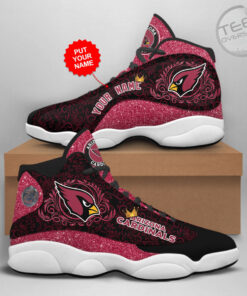
Arizona Cardinals Shoes – NFL sneakers
$89.95 – $89.98
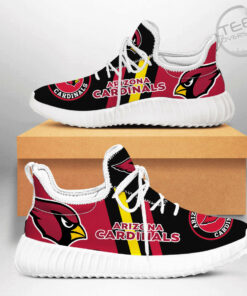
Best Sellers Arizona Cardinals designer shoes – NFL sneakers
$85.95 – $85.98
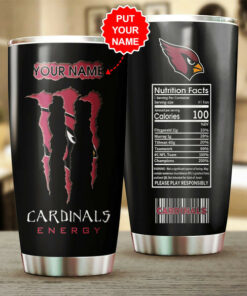
Arizona Cardinals Tumbler Cup
$29.95 – $35.95
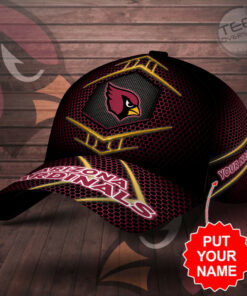
Arizona Cardinals Cap – NFL Hat
$29.95 – $29.98
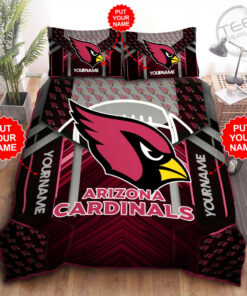
Arizona Cardinals bedding set
$55.95 – $77.95
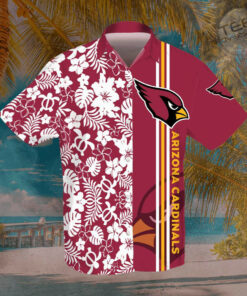
Arizona Cardinals Hawaiian Shirt, Hawaiian Shorts 3D – NFL Clothes
$42.95 – $43.95

Arizona Cardinals Hollow Tank Top, Leggings 3D – NFL Clothes
$76.95 – $79.95
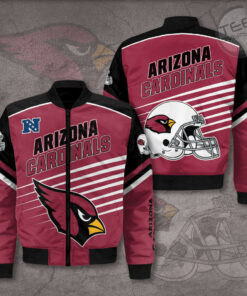
Arizona Cardinals Bomber Jacket 3D – NFL Clothes
$59.95 – $59.98
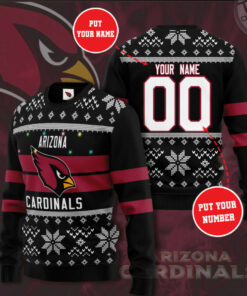
Arizona Cardinals sweater 3D – NFL Clothes
$45.95 – $48.95
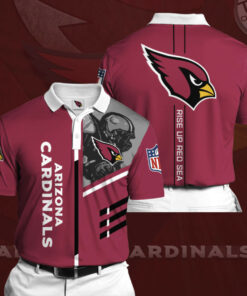
Arizona Cardinals Polo 3D – NFL Clothes
$41.95 – $44.95
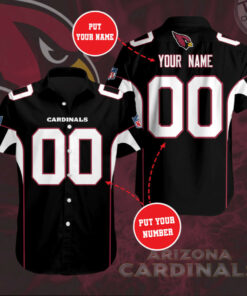
Arizona Cardinals Short Sleeve Dress Shirt 3D – NFL Clothes
$35.95 – $35.98
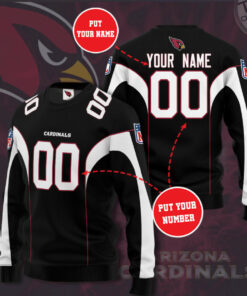
Arizona Cardinals Sweatshirt 3D – NFL Clothes
$41.95 – $41.98
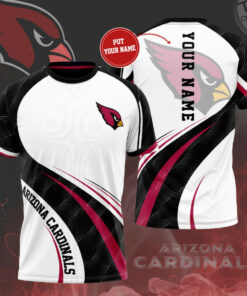
Arizona Cardinals T-shirt 3D – NFL Clothes
$29.95 – $29.98
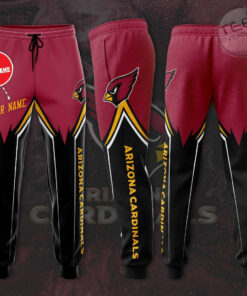
Best Sellers Arizona Cardinals Sweatpant 3D – NFL Clothes
$45.95 – $45.98
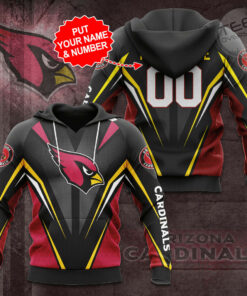
Best Sellers Arizona Cardinals hoodie 3D – NFL Clothes
$45.95 – $45.98
Eye-catching new design Arizona Cardinals clothing will be the perfect gift for Arizona Cardinals fans. Clothing on printed with unique and fancy designs, limited number of products.

Arizona Cardinals Shoes – NFL sneakers
$89.95 – $89.98

Best Sellers Arizona Cardinals designer shoes – NFL sneakers
$85.95 – $85.98

Arizona Cardinals Tumbler Cup
$29.95 – $35.95

Arizona Cardinals Cap – NFL Hat
$29.95 – $29.98

Arizona Cardinals bedding set
$55.95 – $77.95

Arizona Cardinals Hawaiian Shirt, Hawaiian Shorts 3D – NFL Clothes
$42.95 – $43.95

Arizona Cardinals Hollow Tank Top, Leggings 3D – NFL Clothes
$76.95 – $79.95

Arizona Cardinals Bomber Jacket 3D – NFL Clothes
$59.95 – $59.98

Arizona Cardinals sweater 3D – NFL Clothes
$45.95 – $48.95

Arizona Cardinals Polo 3D – NFL Clothes
$41.95 – $44.95

Arizona Cardinals Short Sleeve Dress Shirt 3D – NFL Clothes
$35.95 – $35.98

Arizona Cardinals Sweatshirt 3D – NFL Clothes
$41.95 – $41.98

Arizona Cardinals T-shirt 3D – NFL Clothes
$29.95 – $29.98

Best Sellers Arizona Cardinals Sweatpant 3D – NFL Clothes
$45.95 – $45.98

Best Sellers Arizona Cardinals hoodie 3D – NFL Clothes
$45.95 – $45.98
Nhận xét
Đăng nhận xét